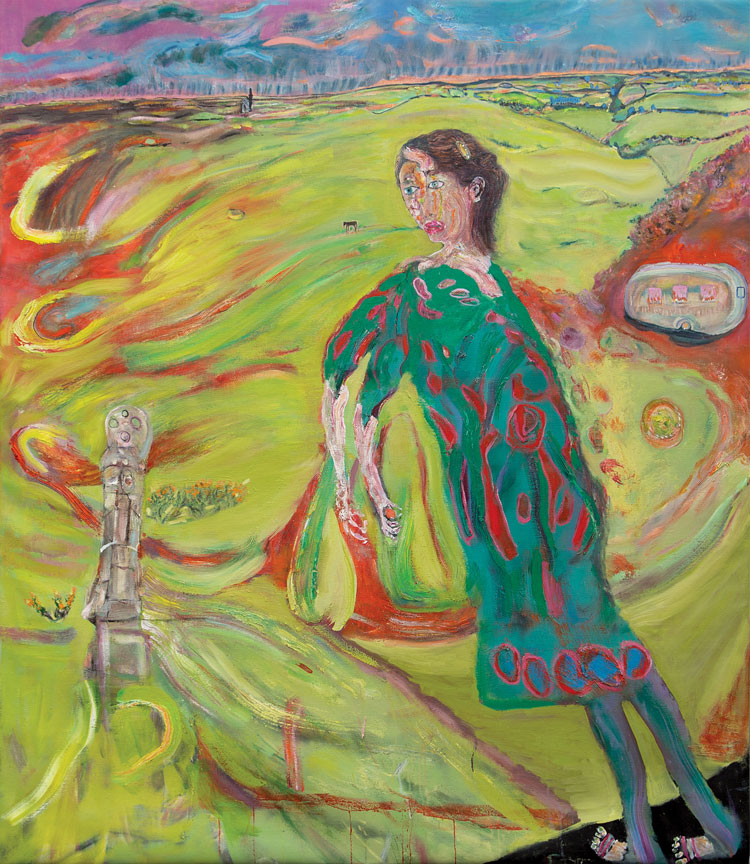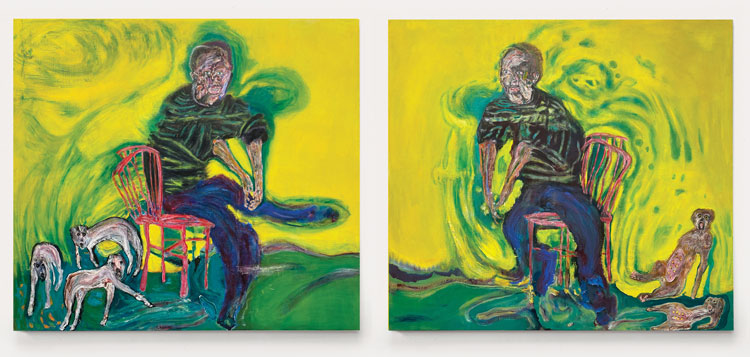

by ANNA McNAY
The self-taught figurative artist Andrew Litten (b1970, Aylesbury, UK) paints unsettling images, frequently depicting liminal states, or a vortex of raw emotions, set in a nightmarish realm of distorted technicolour. His exhibition Concerning the Fragile, now on show at Anima Mundi, St Ives, seeks to share stories of authenticity and vulnerability, encouraging empathy and connection. Litten does not shy away from difficult subjects, with his works directly addressing complex social conditioning and private confusion, as well as the tragic death of his wife just last year.
At a time when humanity has become painfully aware of its fragility and mortality, this exhibition could not be more relevant and honest.
Litten spoke to Studio International during the installation.
Anna McNay: Your current solo exhibition at Anima Mundi, St Ives, is titled Concerning the Fragile. It contains works that deal with issues of addiction and bereavement. How much does the title sum up the content of the exhibition, and, indeed, of your work as a whole?
Andrew Litten: I decided Concerning the Fragile could be an exhibition title well over a year ago. Society today often makes people feel bad, and lots of people are fighting to be understood, wanting a safe space. It just made real sense that art should reflect the fact that people are feeling overwhelmed, vulnerable or marginalised. This was before Covid, and now we are all even more incredibly aware of our fragility. This world crisis has really brought our human fragility into focus.
[image5]
I think that by expressing human vulnerability, it allows the potential for a meaningful connection with others. This is true in life and it’s true in art. It’s the power of empathy, and it makes sense that empathy is a powerful creative tool, too.
AMc: How personal are your works, and how much is the focus on a “shared humanity”?
AL: I think it’s authenticity that’s important. Things will feel personal if people detect sincerity. I seek to create stories of authenticity and to explore the part of us that wants to care. That is what it is about for me now. There are elements of self-portraiture and personal stuff in there, too, but, essentially, I want my work to express people’s individual peculiarities. I like the feeling that my work is emotionally varied and full of raw nerves. This is all stuff you don’t get from just using yourself as the subject. You get it from reaching out to other people and understanding them. The works in this exhibition are based on people I know and care about. The subjects are developed from their thoughts and stories, which are then often reinforced in my mind by a wide range of visual or literary input. In a broad sense, I want my work to represent the sincerest human connection I can achieve.
[image6]
When I set out bringing this exhibition together, I wanted to nurture a life-affirming sense of our shared humanity. Ultimately, it needs to be positive to encourage wider readings of compassion. I hope I have done enough to convey this, but it’s a massive project, and a lot of work has had to be put to one side for now.
AMc: Many of the works have grown out of the tragedy of losing your wife, Emma, last year. Did you notice the distinct stages of denial, anger, bargaining, depression and acceptance, and was your work different at each point?
AL: As far as bereavement is concerned, I do not recognise distinct stages of denial, anger, acceptance, etc, although I have read about this sort of process as described by the Swiss-American psychiatrist Elisabeth Kübler-Ross. My personal experience is of going around in circles, with all these things at once, but with no stages or clear cycle. It is just difficult to process the death of someone whom you are extremely close to, and I think suicide adds massive contradictions, which need to be understood.
[image13]
AMc: Did you use your practice as a way to work through your bereavement? Was it a form of catharsis, at all?
AL: Emma’s death has obviously intensified the intent of this exhibition. It has also guided the direction of some of the work, but only Remnants and Regenerate are responses to her death. Regenerate is an idea I had been developing for more than 10 years, and then something suddenly fell into place in my mind, allowing me to finally resolve the balance of elements and complete the painting.
[image12]
AMc: Do you hope your work might educate people in some of these emotions and make them think more about themselves, their own vulnerabilities, and their responses to others?
AL: I don’t know about educate, as I love the mystery and elusive qualities of art and spend years working on the paintings to imbue them with as much of a turn of emotion as I can. I think it’s nuanced. People engage if they want to.
AMc: How do you cope with the feelings of exposure and vulnerability that come with showcasing such personal and honest work?
AL: I’m afraid I perfectly fit the mould of the reclusive artist, working in his studio, using paint or clay day by day. It’s a cliche, I know. I only feel exposed for a short time, when I am at the exhibition; otherwise the work is out there by itself, and I am back in the studio, engaging with the materials, thinking about new ideas.
[image7]
AMc: Do you think recent experiences of lockdown will have changed people’s ability to connect to themselves and others for the better?
AL: I hope it will make society a bit kinder. There has been so much discussion about the lockdown effect on people, so I don’t have much to add here that I haven’t already heard said elsewhere. I’m sure we have all been temporarily reminded how fragile we are. The main premise for my exhibition was to be unguarded, and to create art that speaks of the love, anger, loss, personal growth and private confusions we all experience in our lives. I think the last few months have forced most people to go through this range of emotions very intensely. I just hope I have caught it right.
[image2]
AMc: Your work also deals with issues of dependency – on alcohol and drugs – and the expressive, wild mark-making and distorted figures really capture the sense of fracture that comes with addiction – having moments of lucidity, knowing things are not sustainable, knowing you’re damaging not only yourself but all those around you whom you love, but then being incapable of anything beyond seeking the next moment of oblivion. Are the works all made in hindsight? Do you find it cathartic, or is there a risk or thrill or some other emotion associated with reliving the experiences enough to be able to capture them in paint?
AL: I find addiction and dependency interesting in so many ways, because they are mental issues, but so physical, too. I aimed to represent that physical and mental intensity in Alcohol Now. I wanted the gestural marks connecting the portrait to the drinking arm to act like a precarious weighted balance. While I was making lots of changes to the formation, it felt like the drinking arm was pivoted, and it kept settling with the glass of drink at the mouth. It made me smile when I got it right. We have all seen people at bars drinking too much, or done it ourselves, and the painting felt extremely familiar to me when I finished it.
Dependency issues affect so many people in so many ways. I’m thinking here of prescribed drugs as well as recreational drugs, as dependency is not always entirely self-initiated.
[image10]
AMc: The exhibition is linked to the charity Mind Cornwall. What does this connection comprise?
AL: In conjunction with the exhibition, Anima Mundi gallery and I are running three limited-edition prints of iPad drawings. All the profit will go to Mind Cornwall. Mind is a national UK charity, but Cornwall is a poor county with limited resources, so it’s important to develop support here.
AMc: Tell me a bit about the process of making your work. It is so raw and powerful, direct and expressive, with a sense of swirling chaos, the unrelenting noise of the mind, disorder and liminality. Do you have specific studio rituals? Do you make sketches ahead of putting paint to canvas? How do you apply the paint? How long might a work typically take?
AL: I work fast, but it takes years to get them right. The paintings change dramatically as they are brought to life. As a figurative artist, I think the aim is to trick the mind into some form of meaningful recognition. There is a huge difference between simply reading an image of something, as opposed to feeling engaged on a deeper sensory level when the mind properly connects. The artwork should be the focus of intensified activity, where the fields of reference have been widened. It involves a high level of engagement for me. My works on paper are quicker, which often offers a way into new ideas.
[image9]
I honestly have no rituals or defined process. It is essential to me that it is all exploratory and exciting. Any predetermined technical approach bores me quickly, and if I decide to do one thing, I usually begin to see equal worth in doing the opposite. Each piece of work needs to be its own discovery.
My approach is to engage in an unguarded way. Luckily, I am able to focus for long periods of time, and I work the materials until it feels right – even if the results look wrong and unexpected, it must feel right. It is all very precarious and feels a bit mind-bending at times.
AMc: Where does your colour palette derive from? The colours are unsettling, lurid, nightmarish.
AL: I use a full range of colours and never really know how they will settle. The subject decides somehow. I love the emotive qualities of colour more and more. I also work out aspects of the paintings in my mind, as ideas can take time to settle, and then something might occur to me when I am gardening, reading, or whatever. I will then know what to do in the studio.
AMc: You are very much a figurative artist. How would you define your approach to representing the human body?
AL: My approach to the human body is to make the representation read emotionally. It is important that the descriptive information is present, without slowing down the reading or jolting the flow of engagement. I suppose this sounds simple, but it takes time to work through a lot of visual information. Depth of emotion comes through consideration and reassessment of life experiences, and I think this is important if you really want to represent something in a tangible, convincing way.
[image16]
I am guided by a sense of the subject I am wanting to connect with. The figure can radically change position or shape as the work evolves. I have to go with it and support the changes compositionally and anatomically. The face is an essential element for me. We all intuitively read people’s faces to understand their thinking, and, essentially, we go for the eyes and mouth.
I love the fact that the human body is the most powerful and timeless model of expression, and I enjoy the process of trying to find my own way within a genre that has historical weight behind it. It’s a pressure I really like.
AMc: Animals also frequently appear in your compositions. Do you have pets? You speak of connection to other humans, but what about that unconditional and completely non-judgmental connection to an animal?
AL: I particularly love cats as pets. You are right that pets offer an incredibly comforting connection. I have tried to represent this in the past. A lot of art has represented animals to convey the natural world, with a respect between humanity and nature.
[image15]
With this exhibition, the animals appear alongside the figures, usually to represent wider anxieties of the uncomfortable animal instincts within us. In my diptych Seated Man with Animals, I wanted the animals to appear only partly domesticated and displaying unsettling group behaviour. The figure appears agitated on the precarious chair, with a sort of daft and thinly veiled civility.
AMc: What role does faith play in your life and work? You have three works touching on the subject: You have four works touching on the subject: two entitled Blessed, and then God Spot and Praying?
AL: Ah, awkward question. You mentioned earlier about me feeling vulnerable exhibiting my work because of its honesty, but I actually feel so much more vulnerable when questions are being asked. I’ll be vague with this and say that faith does not play a large part in my life, but I think it is incredibly interesting, and I take it seriously. Also, I love churches, and, on a superficial level, they were great fun to paint in Blessed and God Spot.
[image20]
There is a triptych in the show called Regenerate. Obviously, in traditional, religious triptychs, the middle panel would be the centre of the story, but I wanted to squeeze this religious centre. In Regenerate, the middle canvas is narrower and gives a different dynamic to the reading. As I mentioned earlier, it is a subject I have been thinking about for more than 10 years. It’s my big life-and-death painting, so I put a lot of pressure on myself to get it right.
[image8]
AMc: The exhibition also includes three bronze works. Is this a new medium for you? Can you tell me a bit about these works? Are they an extension of your painting practice, or something entirely separate?
AL: I have always made 3D work alongside my painting, but this used to be mainly assemblage. When I started focusing on large-scale paintings, I began making models with clay to refer to. These were made as independent sculptures that related to certain paintings, but they were never realised in any substantial way. Anima Mundi gallery encouraged me to investigate casting for these three pieces to better reflect their intentions and potential.
AMc: Apart from personal experience, and that of your friends, where do you look for inspiration? Are there specific artists who have been an influence on you?
AL: There are so many things that can spark an idea. It might be a film sequence, book or newspaper article that gives inspiration. Sometimes a conversation. It’s absolutely bizarre how regularly the spark that is needed just appears in an unexpected way.
As far as other artists’ influences are concerned, there are just too many to refer to. I love the weight of art history that hangs over a painter, and museums always make me rethink what I’m doing. I paint from images on my laptop, too, which includes my own back catalogue of thousands of images, as well as hundreds of saved images of art. I sometimes Photoshop elements, so it is an utter mass of visual resources.
In terms of specific contemporary artists, I tend to gravitate towards women’s art, as it is typically more honest about the body. Louise Bourgeois, obviously, Tracey Emin, Jenny Saville. I love the power of Rodin’s sculptures at the moment, too, as I am using clay, and I have been obsessed for years with Giacometti as a sculptor and draughtsperson.
AMc: What gets you out of bed each day?
AL: Sourdough toast with loads of butter. I get really hungry when I wake up.
• Andrew Litten: Concerning the Fragile runs until 8 August 2020 at Anima Mundi, St Ives.

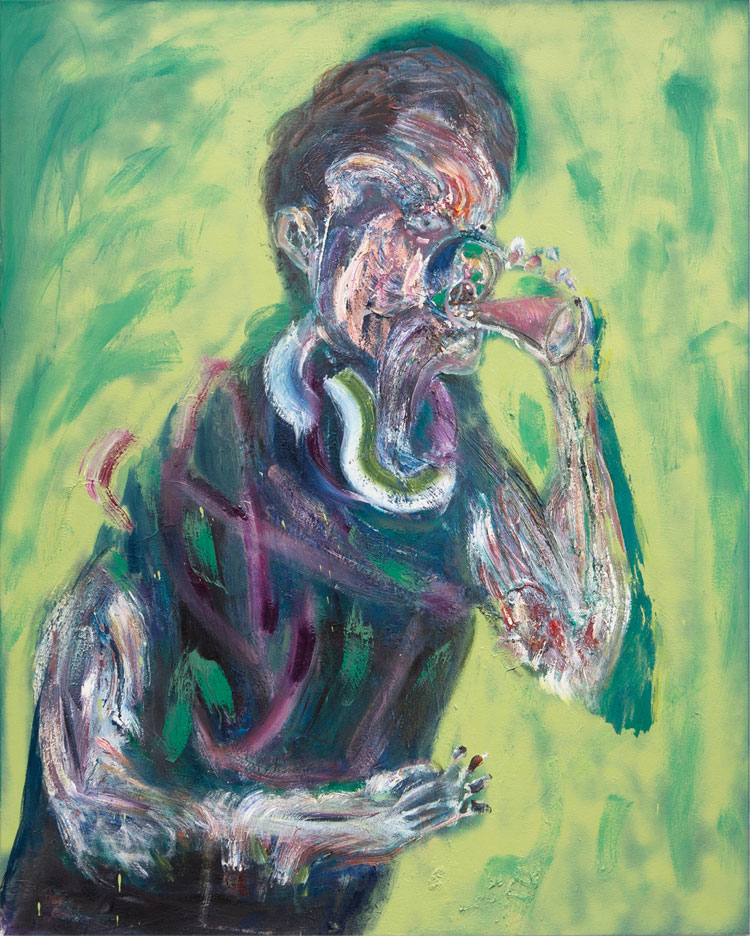
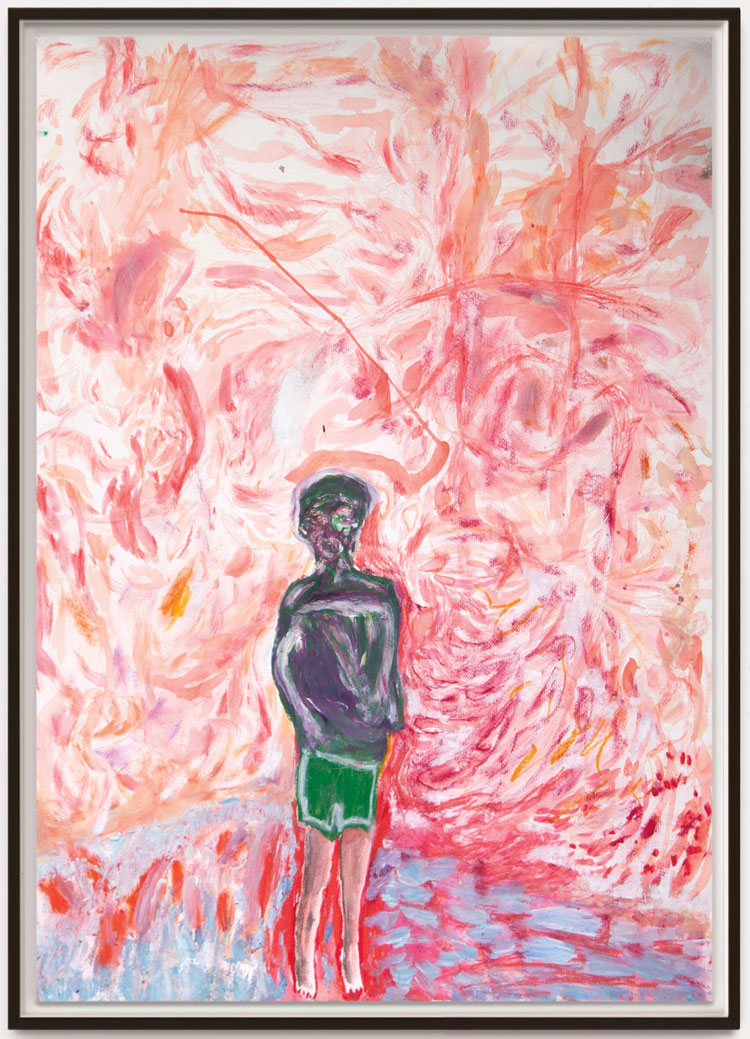
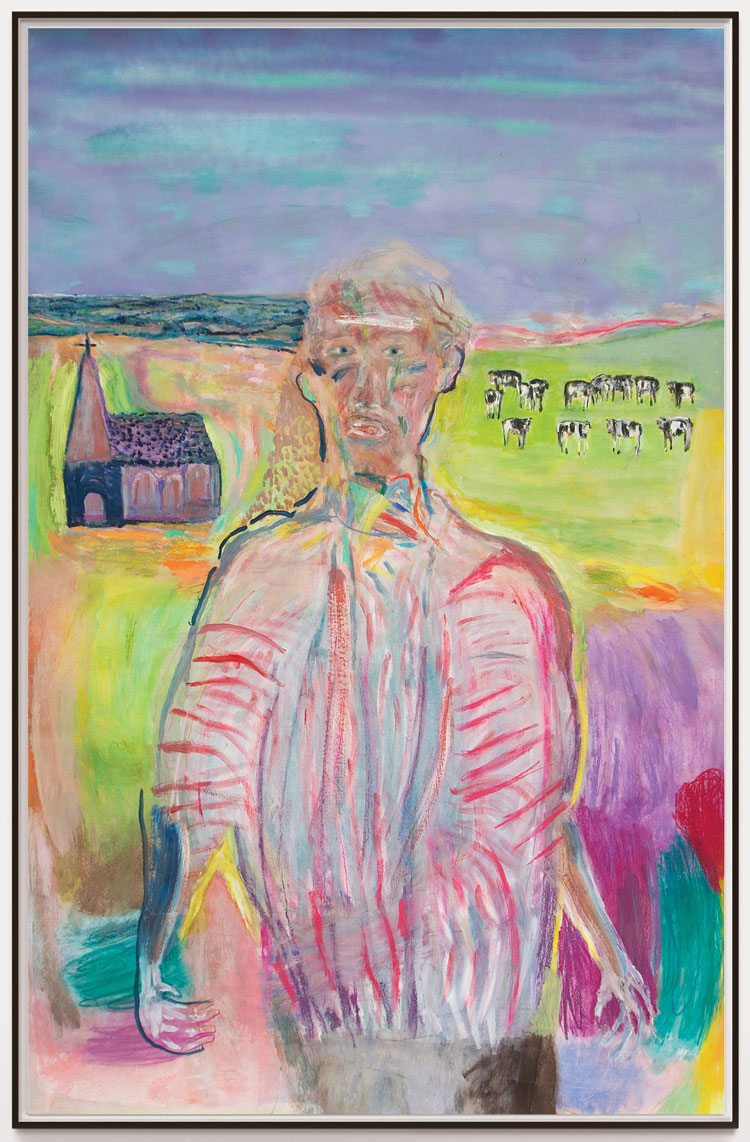
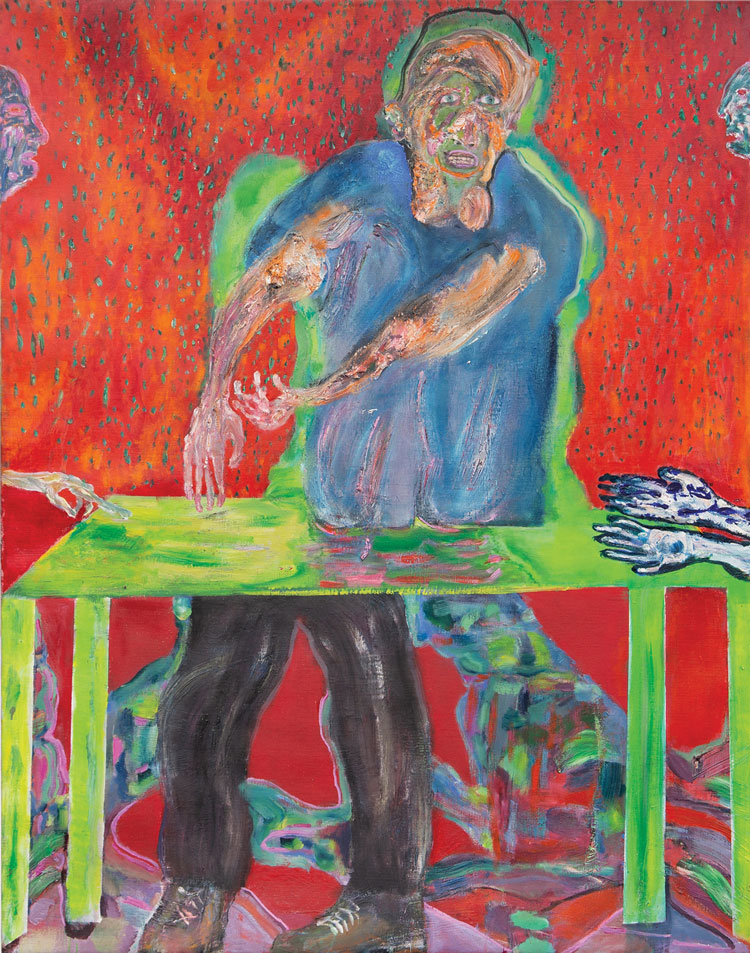
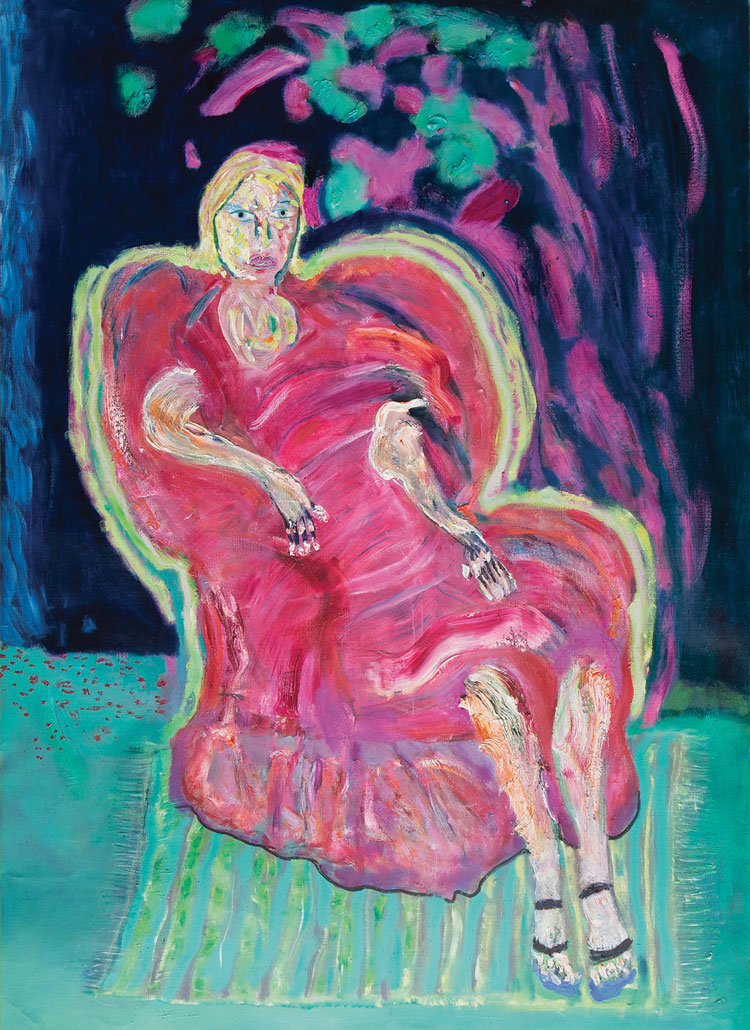
.jpg)
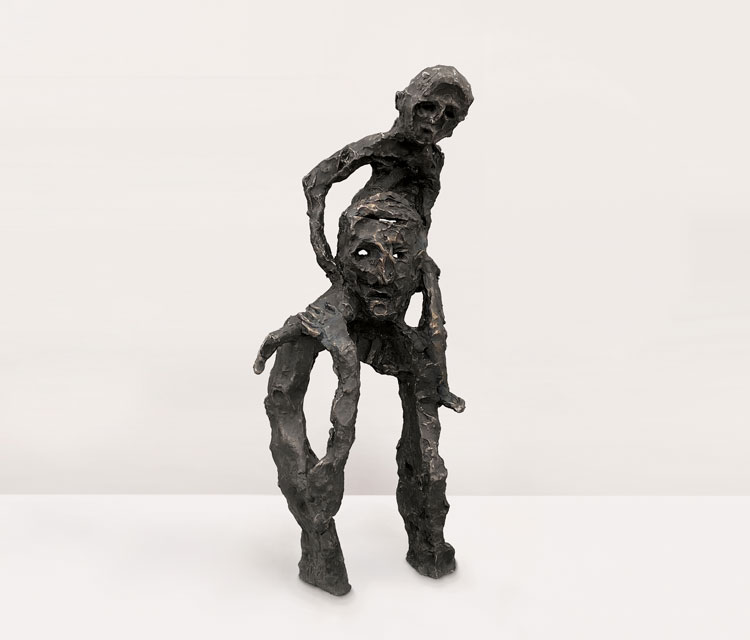
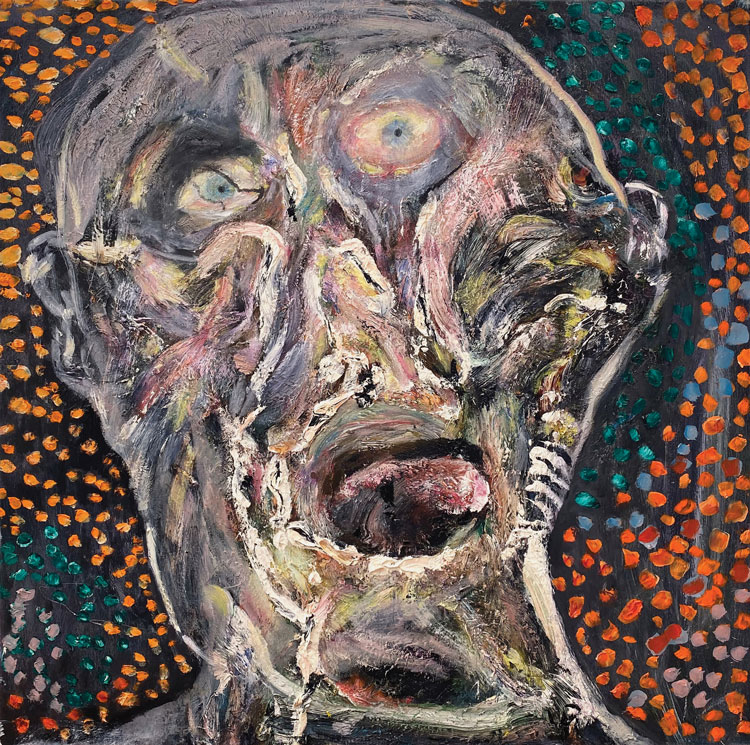
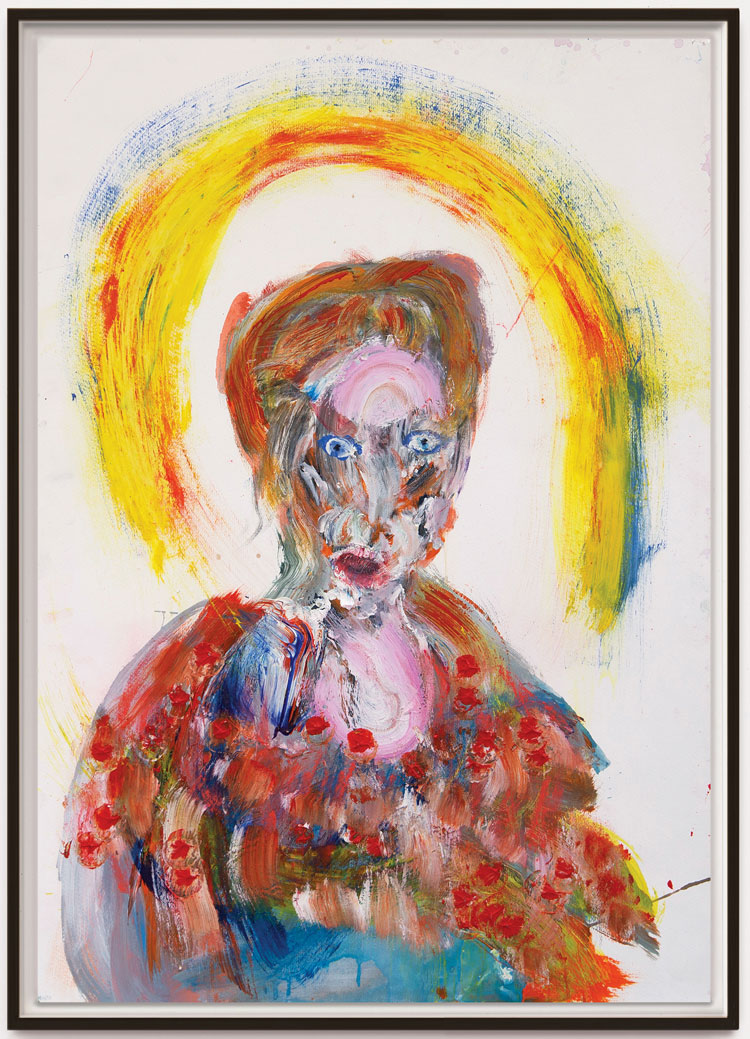
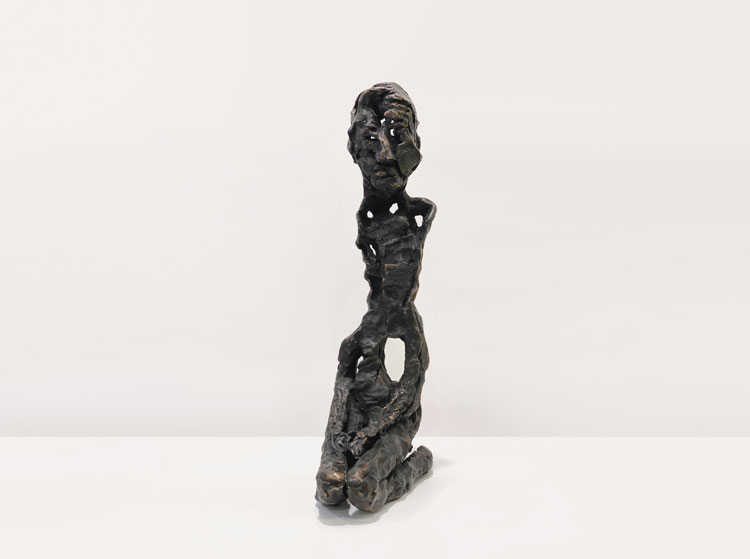
.jpg)
